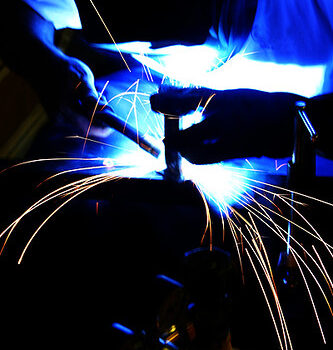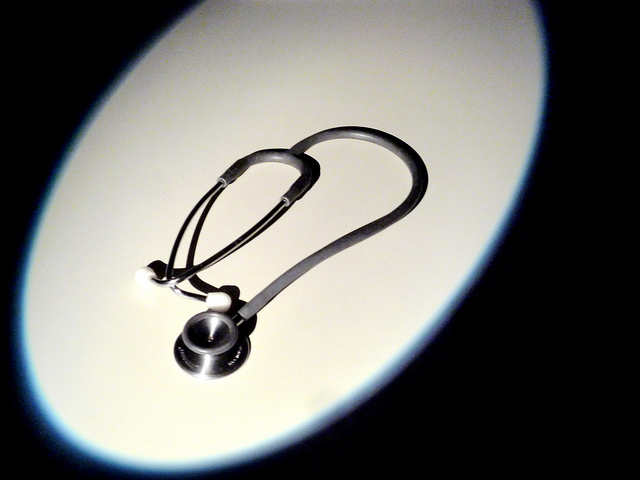Entering spring with a big leap forward, this street rod build has become all the more exciting. Ditching the 4.9l inline 6, I was able to find a first generation small block Chevy v8. Although not much larger, this turbo fire mouse is capable of much more power. Running on a stand, this reconditioned motor was lively. Containing a 3/4 ton truck camshaft and camel hump heads, the motor’s larger diameter valves within a larger combustion chamber intake and exhale lots of air/fuel mixtures, and exhaust gases. Putting lots of motor, in a rather small truck.
As a larger, higher performing motor like this one is more common for an S10 motor swap, motor mounts can be found to avoid guesswork or poor workmanship. Sitting the motor an inch higher, room between the firewall was eliminated. In fact, the motor was so large, that a great portion of the firewall had to be cut out. With the motor,  bell housing, and transmission in place, heavy sheet metal could be fabricated in pieces to fill in this gap. It truly is astonishing to think of how much engineers must put into play when designing a product. Fixing errors so that things can do what they weren’t intended for is even more of a craft. Creating the beginning stages of what is to be the firewall and transmission tunnel.
bell housing, and transmission in place, heavy sheet metal could be fabricated in pieces to fill in this gap. It truly is astonishing to think of how much engineers must put into play when designing a product. Fixing errors so that things can do what they weren’t intended for is even more of a craft. Creating the beginning stages of what is to be the firewall and transmission tunnel.

Once the motor is able to fit nicely, the truck be begin to be put back together. This 1973 motor has a two piece rear main seal, in which the engine is complete sealed off from the transmission. The second part of the seal is the “scatter shield,” or bell housing. Contained within this steel frame, are the crucial components to transfer brake horse power and torque (twisting force) onto the input shaft and transmission gears. Using a 4 speed manual transmission, there was many different parts needed to transfer this power as compared to an automatic. Although there is more room for error, this entirely serviceable transmission is much more thrilling to drive. Shifting the gears personally, the driver is able to control acceleration, traction, and how the truck’s power is being transferred.
Surviving the F-150’s influence in the build, the Ford 8.8 posi-trac rear wheel drive differential was still used. Fabricating new leaf spring perches, the sturdy 6 foot wide axle bolts right up to the frame in original location. 4 inch tire poke on each side requires the manufacturing of fender flares, however will increase the handling tremendously. The F-150’s larger drive shaft can also be used to increase rigidity. Drum brakes are a time of the past, and with the knowledge of fabrication, a variety of 3/4 ton disc brakes can be used to truly increase stopping power to the rear. Though these big brake are awesome, they require larger wheels just to fit the set up.
This truck will get up and go, but it too shall come to a halt.










